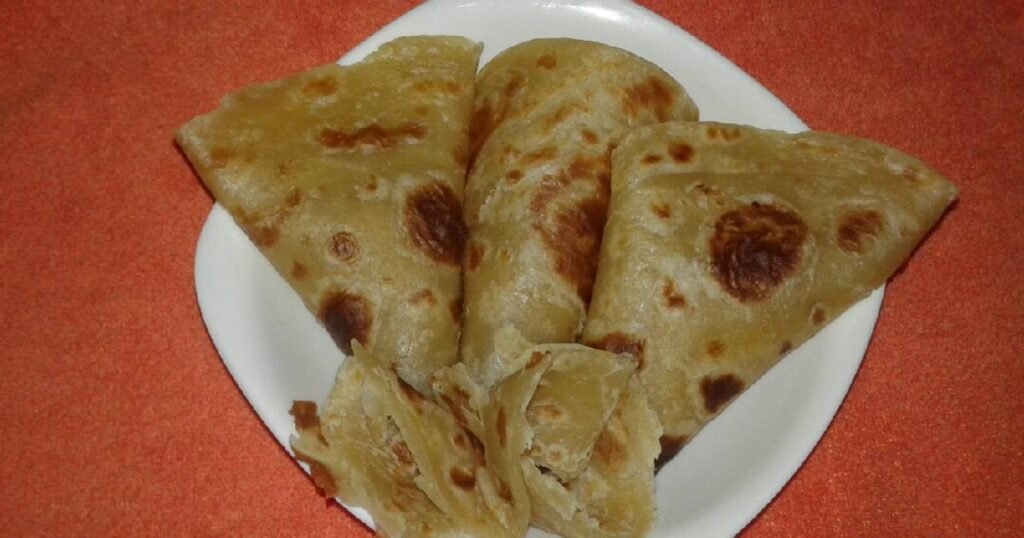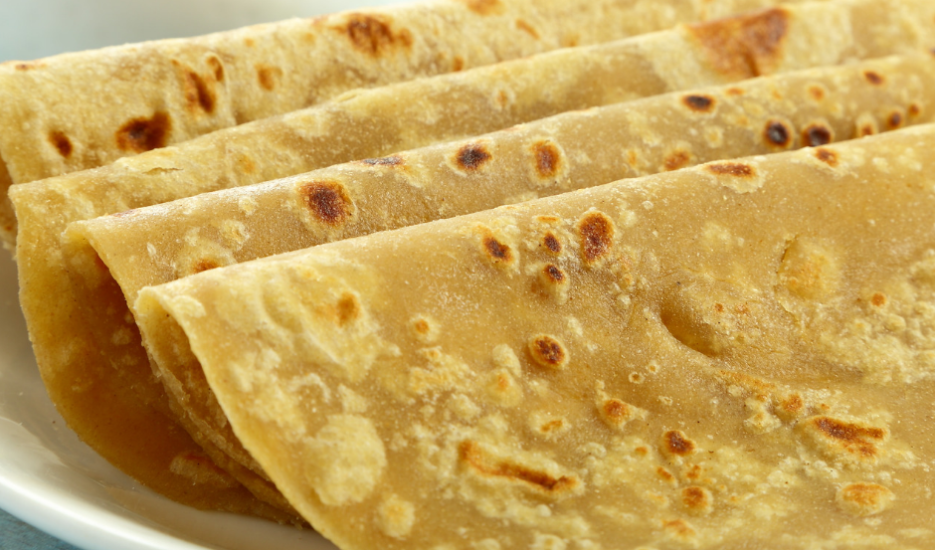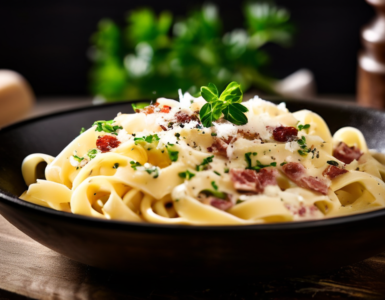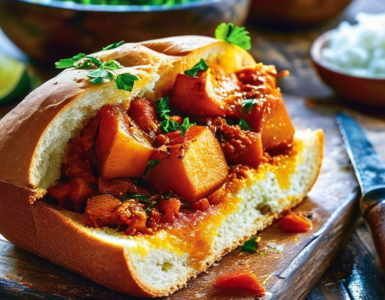C hapati Recipe: Hey, food vloggers! Today, we’re diving into the rich and diverse culinary traditions of East Africa, where bold flavors and vibrant spices come together to create some of the most delicious dishes in the world. And at the heart of East African cuisine lies a beloved staple: Chapati. This soft and flaky flatbread, with its layers of buttery goodness, is not only a versatile accompaniment to a wide range of dishes but also a cultural icon deeply ingrained in the culinary heritage of the region. Join us as we uncover the secrets to mastering homemade Chapati in your own kitchen, and watch as your audience falls in love with the irresistible flavors of East Africa.

Understanding Chapati:
Chapati is a traditional East African flatbread that has been enjoyed for generations across the region, particularly in countries like Kenya, Tanzania, Uganda, and Somalia. It’s a simple yet delicious bread made from wheat flour, water, salt, and oil, rolled out into thin rounds and cooked on a hot griddle or skillet until golden brown and slightly crispy. What sets Chapati apart is its flaky and layered texture, achieved through a process of rolling, folding, and frying the dough multiple times. Chapati is often served as an accompaniment to savory dishes such as curries, stews, and grilled meats, or enjoyed on its own as a snack or breakfast item.
Tips for Success:
- Use the right flour: Chapati is traditionally made with whole wheat flour, which gives it a hearty and nutty flavor. Look for high-quality whole wheat flour for the best results.
- Knead the dough well: Proper kneading is key to developing gluten in the dough, which helps to give the Chapati its characteristic texture. Knead the dough until it becomes smooth, elastic, and slightly sticky.
- Rest the dough: Allow the dough to rest for at least 30 minutes after kneading to relax the gluten and make it easier to roll out.
- Roll out thinly: Roll the Chapati dough out into thin rounds, about 6-8 inches in diameter, for a light and flaky texture.
- Fry until golden brown: Cook the Chapati on a hot griddle or skillet over medium-high heat until golden brown and slightly crispy on both sides. Brushing with oil or butter during cooking helps to achieve a rich and flavorful crust.
Homemade Chapati Recipe:
Ingredients:
- 2 cups whole wheat flour
- 1 cup water
- 1 teaspoon salt
- 2 tablespoons vegetable oil or melted butter, plus extra for frying
Instructions:
- In a large mixing bowl, combine the whole wheat flour and salt. Gradually add the water and oil, mixing until a soft dough forms.
- Turn the dough out onto a lightly floured surface and knead for 8-10 minutes, or until the dough is smooth, elastic, and slightly sticky.
- Divide the dough into equal-sized balls, about the size of a golf ball. Cover the dough balls with a clean kitchen towel and let them rest for at least 30 minutes.
- After resting, flatten one of the dough balls with your hands and roll it out into a thin round, about 6-8 inches in diameter.
- Brush the rolled-out dough round with a little oil or melted butter, then fold it in half and brush again with oil or butter. Fold the dough in half again to form a triangle.
- Roll out the triangle-shaped dough into a thin round again, about 6-8 inches in diameter.
- Heat a griddle or skillet over medium-high heat and brush it lightly with oil or butter. Cook the rolled-out Chapati on the hot griddle for 1-2 minutes on each side, or until golden brown and slightly crispy.
- Repeat the process with the remaining dough balls, rolling them out and cooking them on the griddle until all the Chapati are cooked.
- Serve the freshly cooked Chapati warm alongside your favorite East African dishes, such as sukuma wiki (braised collard greens), nyama choma (grilled meat), or kachumbari (tomato and onion salad).
Conclusion:
Congratulations, food vloggers, you’ve just mastered the art of making homemade Chapati! With this recipe and our expert tips, you can confidently share the delicious flavors of East Africa with your audience, inspiring them to recreate this beloved flatbread in their own kitchens. So fire up your cameras, gather your ingredients, and get ready to take your viewers on a culinary journey to the heart of East Africa with every flaky and buttery bite of homemade Chapati. Enjoy!
You Might Also Find the Following Articles Intriguing
- Food Vloggers Magazine | Your Ultimate Guide to Food Vlogging
- 20 Best Q&A Questions for YouTube Vloggers 2024 – Different Categories
- Bunny Chow Recipe: South African Dish
- Authentic Injera Recipe: Ethiopian Traditional Dish
- Ugali Recipe: East African Tradition Dish
- Homemade Fufu Recipe: West African Dish
- Homemade Jollof Rice Recipe: West African Cuisine
- Nyama Choma Recipe: Popular Dish in East African (Kenya, Tanzania, and Uganda)
- Homemade Hamburger Recipe: American Staple Dish
- Homemade Chicken Satay Recipe: Popular Indonesian Dish
- Homemade Ratatouille Recipe: Traditional French Dish
- Homemade Peking Duck Recipe: Chinese Traditional Dish
- Homemade Falafel Recipe: Middle Eastern Traditional Dish
- Homemade Ceviche Recipe: Traditional Dish From Peru
- Homemade Bangers and Mash Recipe: British Staple Dish
- Homemade Ramen Recipe: Noodle Soup Dish Originated in Japan
- Homemade Kebab Recipe: Middle Eastern Special Dish
- Homemade Sushi Burrito Recipe: Special American Dish
- Homemade Hungarian Goulash Recipe: Hungarian Traditional Dish
- Homemade Pho Recipe: Traditional Vietnamese Noodle Soup























































































